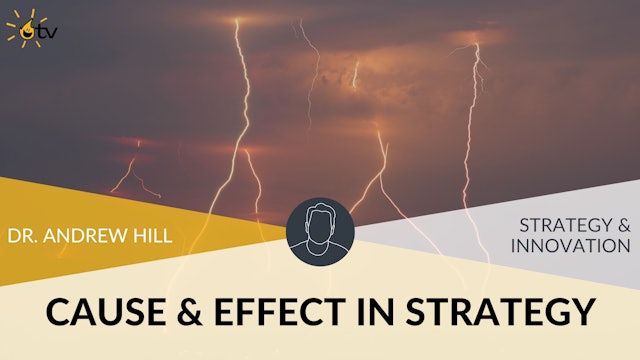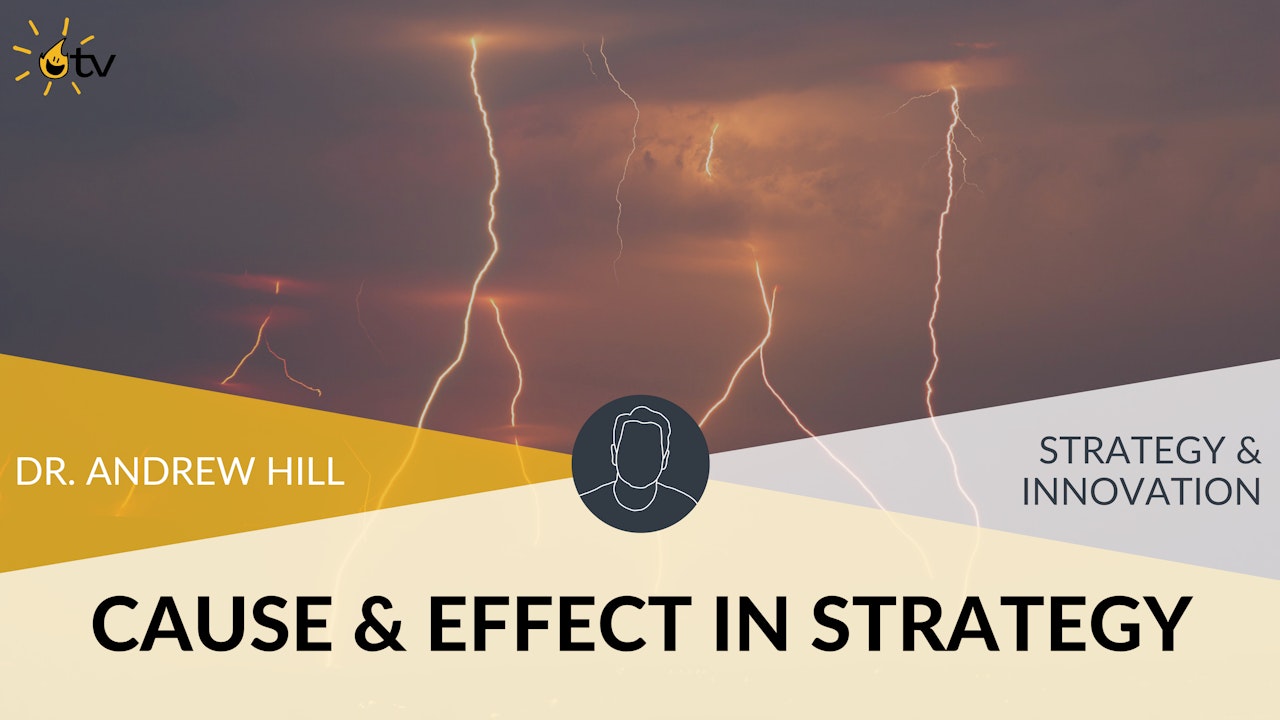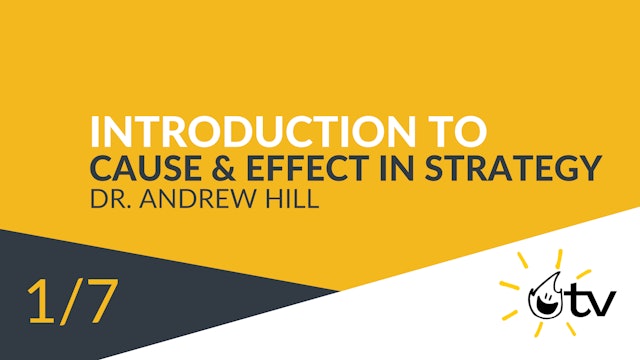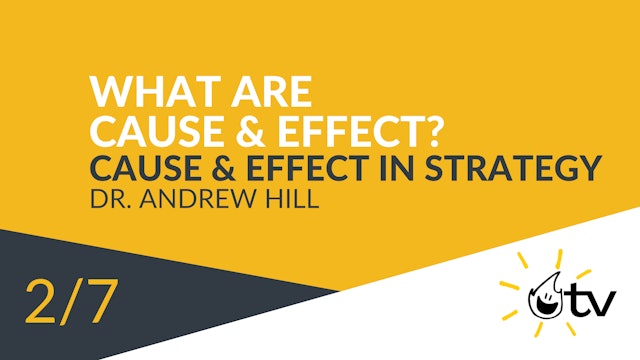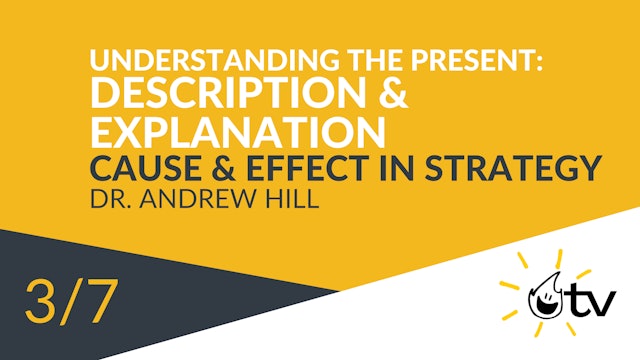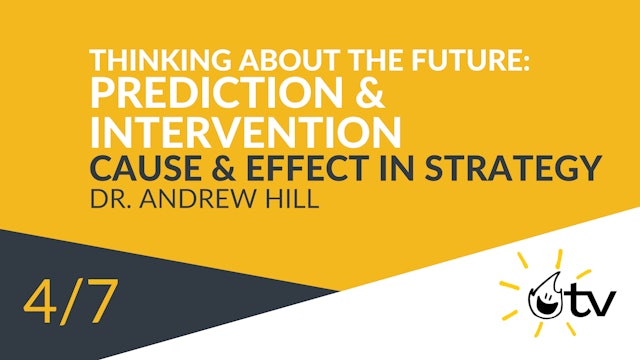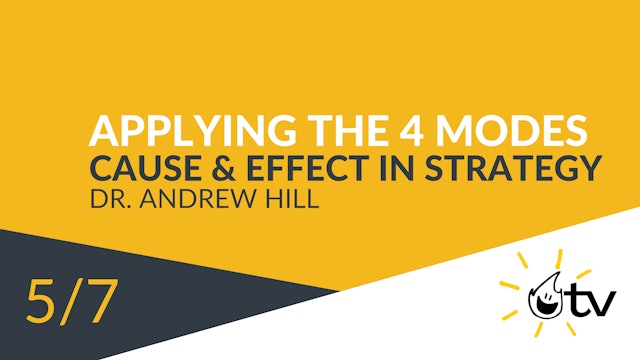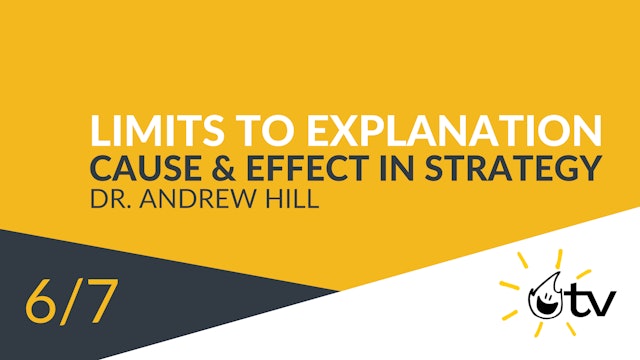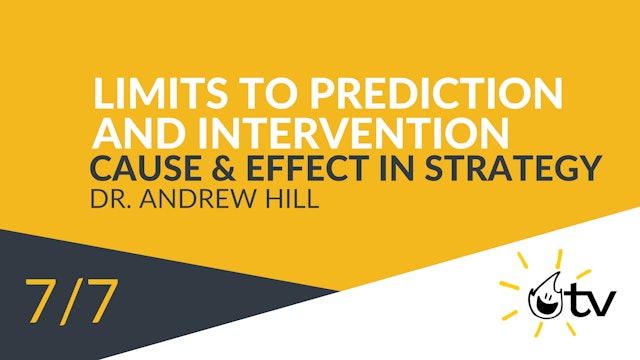Cause and Effect in Strategy: Strategy Principles 2
Cause and effect is the essence of strategy. In this program, you will learn about the significance of making deliberate strategic choices through the framework of the four modes of causal thinking: description, explanation, prediction, and intervention. All four modes are crucial to the construction of great strategies.
Dr. Andrew Hill is co-founder of BurnBright. He has a Doctorate in Business Administration from Harvard Business School and a Master's in Public Policy from U.C. Berkeley. Prior to founding BurnBright, he served as a professor at the U.S. Army War College, a school for senior military and national security leaders, where he was the first Chair of Strategic Leadership.
-
Introduction to Cause and Effect in Strategy
The whole concept of strategy rests on the assumption that our choices can cause certain effects.
-
What are Cause and Effect?
What are "cause" and "effect"? Let's get meta-physical!
-
Understanding the Present: Description and Explanation
What is happening? Why is it happening? These are two of the most basic strategic questions.
-
Thinking about the Future: Prediction and Intervention
Shaping the future is the core purpose of strategy. This requires prediction and intervention.
-
Applying the 4 Modes
Let's look at an example applying description, explanation, prediction, and intervention.
-
Limits to Explanation
What does "over-determination" mean? In complex causation, we often have too many causes.
-
Limits to Prediction and Intervention
Why are prediction and intervention so difficult? The future is "under-determined", meaning that the present circumstances can produce many possible futures.
-
Andrew Hill Bio
745 KB
Before co-founding BurnBright, Andrew was a professor at the U.S. Army War College, where he taught senior national security professionals. As the War College's first Chair of Strategic Leadership, Andrew's research focused on connecting people, strategy, and innovation. He has a doctorate from H...

